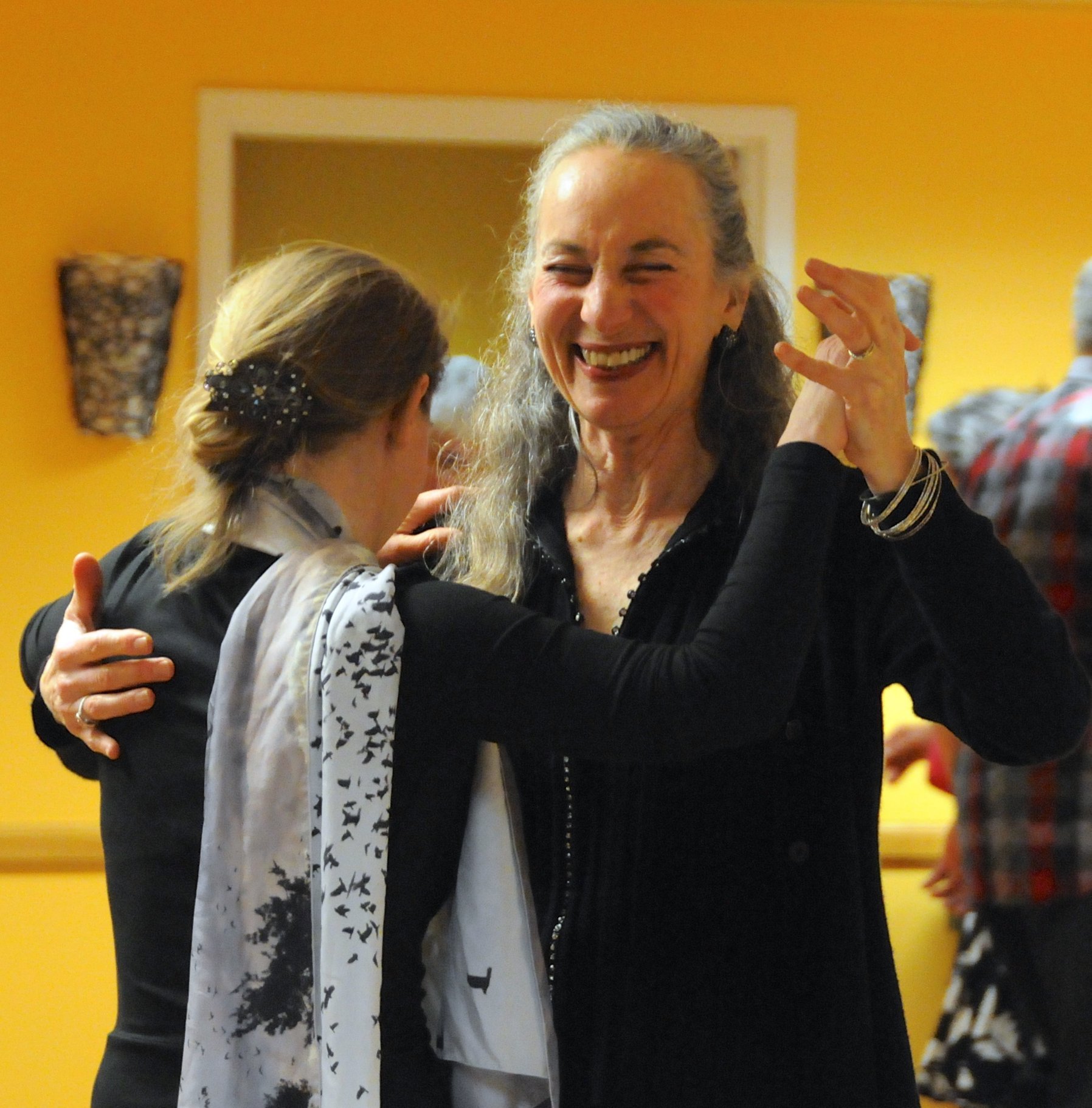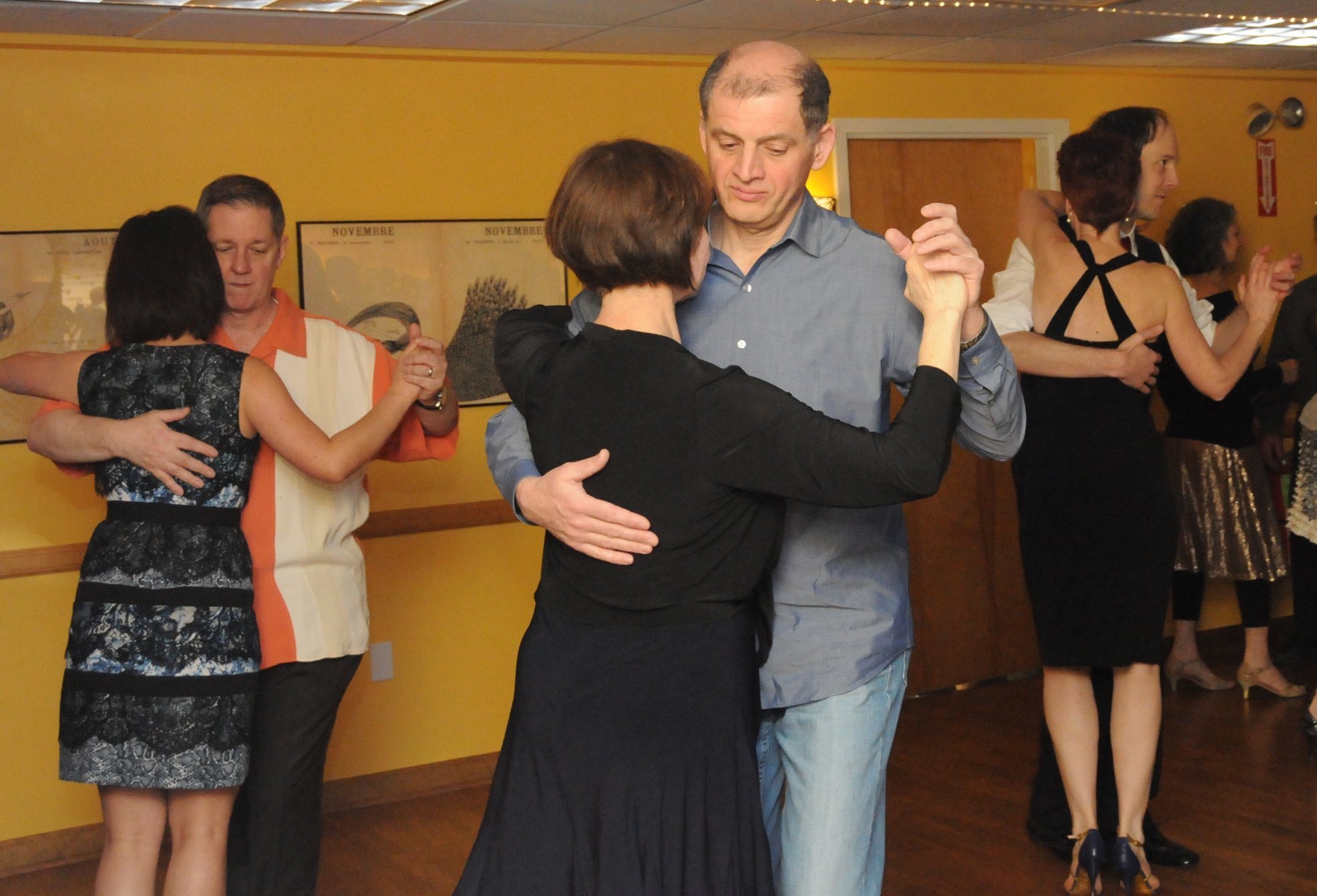How to Politely Say 'No, Thank You' to an Unwanted Dance During Argentine Tango Milonga Without Hurting the Leader's Ego
Combining real-life examples with the article provides a comprehensive guide on how to gracefully decline a dance invitation at an Argentine Tango Milonga, ensuring a positive experience while maintaining the intricate balance of respect and camaraderie on the dance floor.
Navigating the vibrant and passionate world of Argentine Tango Milongas requires not only an understanding of the dance but also a keen sense of etiquette, especially when it comes to declining a dance.
In the intricate dance of social interactions, preserving the harmony and respect between dancers is paramount.
This guide, enriched with real-life examples, aims to equip you with graceful strategies to say 'no, thank you' to an unwanted dance invitation, ensuring a positive experience for both you and the leader, without bruising any egos.
Understanding the Milonga Etiquette
Milongas, the social dance events dedicated to Argentine Tango, are steeped in tradition and unspoken rules that govern the dance floor.
The 'cabeceo,' a subtle nod or glance used to invite someone to dance, is a cornerstone of these traditions, emphasizing mutual consent and respect.
However, there will be times when you might need to decline an invitation, and doing so tactfully is crucial to maintain the convivial atmosphere.
Example: The Overzealous Beginner
Maria, a seasoned dancer, noticed a beginner, Juan, who was known for his overenthusiasm and lack of spatial awareness on the dance floor.
Anticipating an invitation, she used the cabeceo's indirect nature to her advantage, engaging in conversation with a friend and avoiding eye contact with Juan.
This preemptive approach often spares both parties the directness of a verbal decline.
Strategies for Declining Politely
Employing the Cabeceo with Finesse
When you foresee an invitation coming your way that you prefer to avoid, use the cabeceo's indirect nature to your advantage.
Avert your gaze or engage in conversation with those nearby, signaling that you are not available for the next tanda (set of dances).
The Gracious Verbal Decline
If approached directly for a dance and a non-verbal cue is no longer an option,
a gentle but firm verbal response is necessary.
Phrase your decline with kindness, such as "Thank you for the invitation, but I'm taking a break this tanda." This approach acknowledges the invitation's value while also setting a clear boundary.
Example: The Gracious Exit
Eduardo, after dancing a few tandas, was approached by a dancer he had politely declined before due to her aggressive style. He smiled and said, "Thank you for thinking of me, but I've promised myself a break after every few tandas tonight. Let's check in later, perhaps?" His tone and smile softened the blow, and his suggestion of a possible future dance kept the interaction positive.
Offering an Alternative
To soften the impact of a decline, you might suggest an alternative that does not include dancing. For instance, "I'd love to catch up later, perhaps over a drink when the music is slower?" This keeps the social door open while respectfully declining the current offer.
Example: Suggesting an Alternative
Luisa found herself being asked to dance by someone whose style didn't complement hers. Instead of a flat-out no, she said, "I'm a bit tired for Milonga now, but I'd love to try a Tango or Vals later if you're up for it?" This not only showed her openness to dance but also gently guided her partner towards dances she felt more comfortable with.
Use of Body Language and Timing
Your body language plays a significant role in conveying your message gently.
Maintain open, friendly posture even as you decline, and ensure your timing does not embarrass the leader in front of others.
Discretion and timing can prevent any awkwardness and preserve the leader's ego.
Creating a Positive Environment for All Dancers
Fostering Mutual Respect
At the heart of a thriving milonga is mutual respect among dancers.
Respect for each other's preferences, comfort levels, and dance choices creates an inclusive environment.
By declining with grace, you contribute to a culture of understanding and mutual respect.
The Importance of Empathy
Remember, each dancer brings their own emotions and vulnerabilities to the dance floor. A decline, no matter how polite, can be disappointing.
Acknowledging the courage it takes to extend an invitation and responding with empathy can go a long way in maintaining a positive connection.
Example: The Empathetic Approach
Carlos noticed that Ana, a less experienced dancer, seemed hesitant when he asked her to dance. Sensing her discomfort, he quickly added, "No worries if you're not up for it now. I remember how daunting it can be. Maybe another time?" His understanding and empathy made Ana feel respected and less pressured.
Encouraging Open Communication
Creating an atmosphere where dancers feel comfortable expressing their preferences, without fear of offending or being judged, enriches the milonga experience for everyone.
Encourage open, honest, and kind communication in your interactions, setting a precedent for others to follow.
Supporting the Milonga Community
Your actions and demeanor contribute to the overall vibe of the milonga.
By handling declines with tact and sensitivity, you support a welcoming and friendly community atmosphere, encouraging dancers to return and partake in the joy of Argentine Tango.
Example: Building Community Through Decline
Sofia, a well-respected dancer in the community, was approached by Roberto, who was known for his rough lead. She declined politely, explaining she was resting, but later took a moment to privately offer him some constructive feedback. This approach not only preserved Roberto's ego but also contributed to the community by encouraging improvement.
The art of declining
In conclusion,
the art of declining a dance invitation at a Milonga, while maintaining the delicate balance of respect and camaraderie, is an invaluable skill in the social dynamics of Argentine Tango.
By employing these strategies, and learning from real-life examples, you ensure that the dance floor remains a space of mutual enjoyment and respect, where every dancer feels valued and included.






